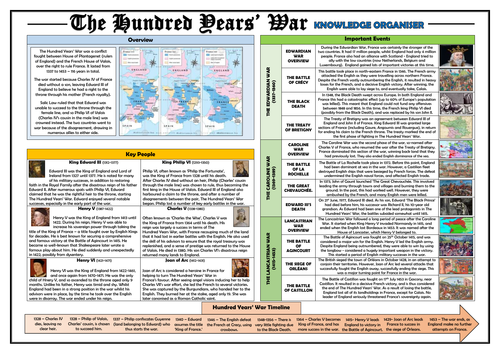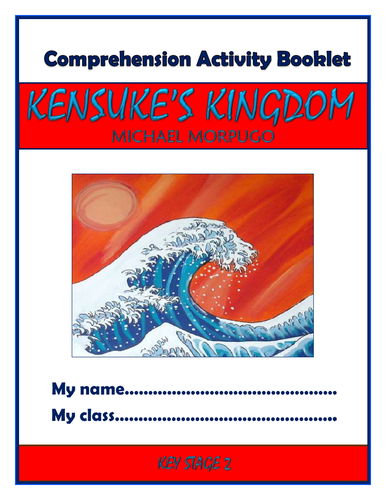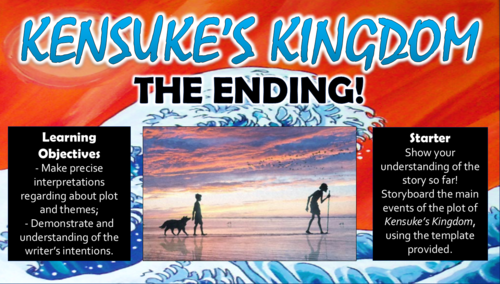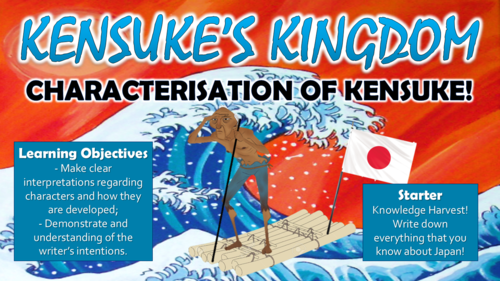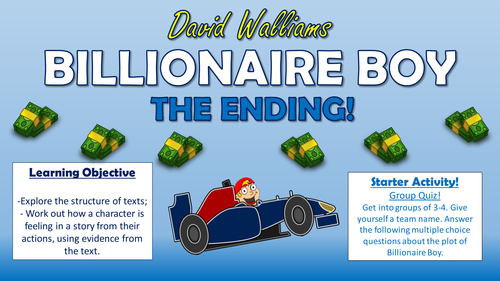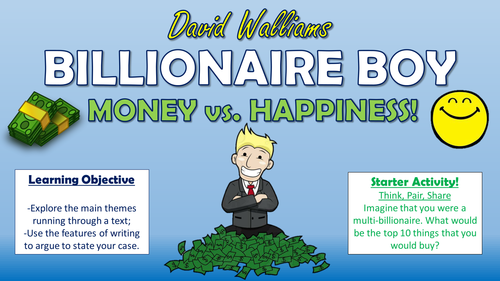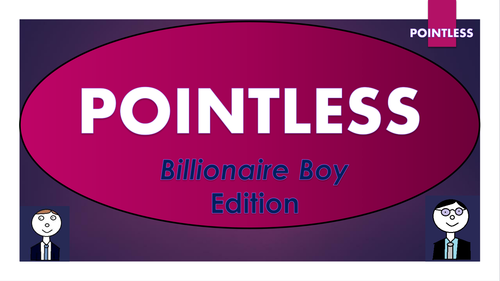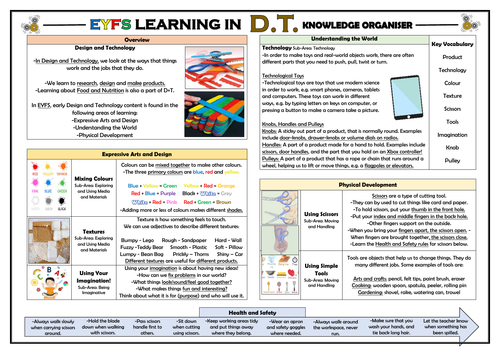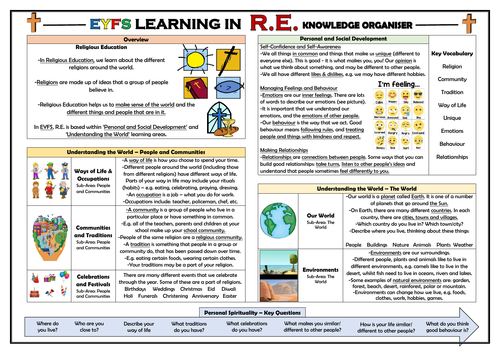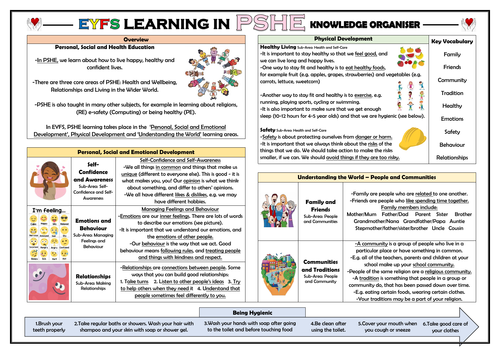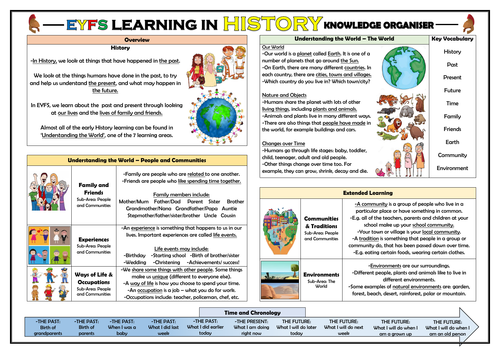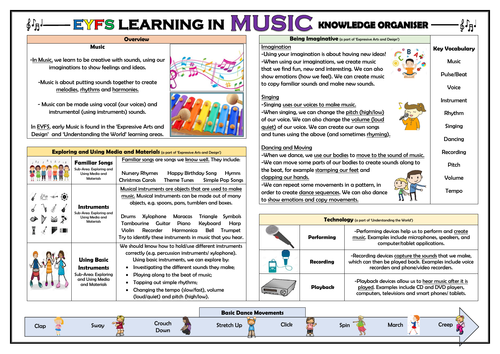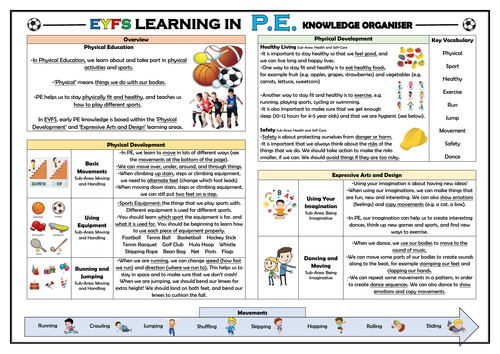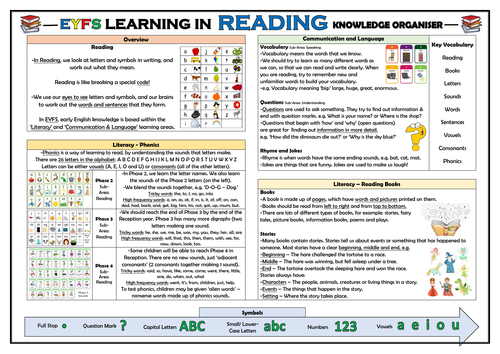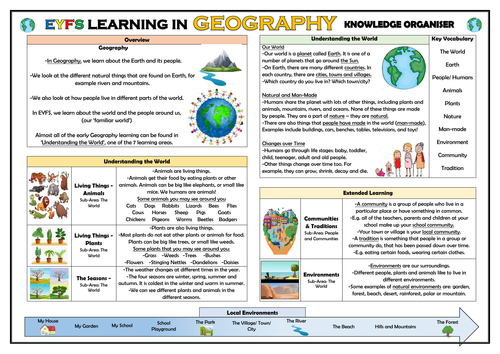
606Uploads
2000k+Views
2309k+Downloads
All resources

The Hundred Years' War Knowledge Organiser/ Revision Mat!
This detailed and visually-appealing resource offers a complete reference point for students learning or revising knowledge of The Hundred Years’ War. It contains comprehensive sections on:
-Overview and Maps;
-Key People: Edward III, Henry V, Henry VI, Philip VI, Charles V, Joan of Arc;
-Major Events: The Edwardian War;
-Major Events: The Caroline War;
-Major Events: The Lancastrian War;
-The Hundred Years’ War Timeline.
Key words and ideas are underlined for easy reference. The resource is designed to be printed onto A3, and is provided as both a PDF and a Word version (so that you can edit if you want to). All images used are licensed for commercial use and are cited on a separate document (included). It can be used by students of all ages, but is best suited for those in KS3.

The Holocaust Knowledge Organiser/ Revision Mat!
This clear, detailed and visually-appealing resource offers a complete reference point for students learning or revising knowledge relating to the The Holocaust. It contains comprehensive sections on:
Holocaust overview;
Stages of the Holocaust;
Key People;
Holocaust Timeline;
Important Holocaust Events;
Life in the Concentration Camps.
The resource is designed to be printed onto A3, and is provided as both a PDF and a Word version (so that you can edit if you want to). All images used are licensed for commercial use and are cited on a separate document (included). It is most suitable for students in upper KS2 and KS3.

Kensuke's Kingdom KS2 Comprehension Activities Booklet!
This resource booklet contains a wide range of age-appropriate, engaging, and meaningful comprehension activities for use throughout the reading of Michael Morpugo’s Kensuke’s Kingdom.’ Teachers have found them particularly useful in comprehension or guided reading sessions. They are perfect for aiding the progress of children towards meeting the upper KS2 expectations within the new National Curriculum framework. Children love learning from these resources, whilst they are also of great use to teachers, as there is explicit information within each task regarding which comprehension strands the task is designed to demonstrate. They also relate to key extracts, characters, and themes from the story, ensuring that children gain a deep understanding of the text.
Activities within the booklet include:
‘An Interview with Michael’s Parents’ - to enable students to demonstrate that they can: ‘Understand what is read by drawing on information from more than one paragraph, identifying key details that support the main ideas, and using quotations for illustration;’
‘Morpugo’s Description’ - to enable students to demonstrate that they can: ‘Explain meanings of words that they know and ask the meaning of new words. Link the meaning of new words to words that they already know;’
‘Michael’ and ‘Kensuke!’ - to enable students to demonstrate that they can: ‘Understand what is read by drawing on information from more than one paragraph, identifying key details that support the main ideas, and using quotations for illustration;’
‘Figurative Language in Kensuke’s Kingdom’ - to enable students to demonstrate that they can: ‘Discuss and evaluate how authors use language, including figurative language, to create an impact on the reader.’
Plus many, many more activities (the booklet is over 20 pages in length!) I’ve also added it as a PDF in case the formatting differs on your computer.
All images are licensed for commercial use, and are cited on a separate document (included).

Kensuke's Kingdom - The Ending!
This engaging and informative lesson enables students to make precise interpretations regarding the ending in Michael Morpurgo’s ‘Kensuke’s Kingdom.’ In particular, children identify the features of successful endings, analyse these features in Chapter 10 of the story, and create their own logical, imaginative story endings.
The lesson follows a step-by-step learning journey, in which children learn through:
Storyboarding the key events of the text leading up to the ending;
Reading the ending of the story and answering comprehension questions to demonstrate their understanding;
Defining and identifying the key features of effective endings;
Analysing the effectiveness of the features that Morpurgo uses in his own ending;
Creating their own alternate ending, utilising the features that they have learnt over the course of the lesson;
Peer assessing each other’s learning attempts.
Included is:
Whole lesson PowerPoint - colourful and comprehensive;
Storyboard Template;
Story Detectives Worksheet;
Comprehensive Lesson Plan
All resources are provided in Word (for easy editing) and PDF (to ensure formatting remains fixed between different computers).
There are also opportunities for group learning, speaking and listening, peer assessment, and whole class discussion. I originally used these resources with year 4 and 5 classes, however colleagues have used them for between years 3 and 8 with some adaptations. The word documents are within the zip file.
All images are licensed for commercial use, and image rights are listed on the last page of the presentation.

Kensuke's Kingdom - Michael's World Trip!
This engaging and informative lesson enables students to make precise interpretations of the descriptive language used by Michael Morpurgo in his description of Michael’s trip around the world in ‘Kensuke’s Kingdom.’ They learn to define, identify, and analyse the effectiveness of a range of descriptive devices, before applying these to form their own vivid and imaginative descriptions of places.
The lesson follows a step-by-step learning journey, in which children learn through:
Understanding the scale of the journey that Michael’s family undertakes, through a fun cross-curricular task;
Defining each of the different types of descriptive devices, through completing an interactive group activity;
Reading extracts from the text in which Michael describes the different places along his trip, and identifying the language techniques used to paint an image of place in the minds of the readers;
Analysing the effectiveness of each of Morpurgo’s descriptive devices;
Creating their own description of an ‘around the world trip’, utilising appropriate and effective descriptive devices to describe at least two different stops;
Peer assessing each other’s learning attempts.
Included is:
Whole lesson PowerPoint - colourful and comprehensive;
Cards for the Card Sorting Activity;’
World Map for the opening activity;
Writing to Describe Helpsheet
Comprehensive Lesson Plan
All resources are provided in Word (for easy editing) and PDF (to ensure formatting remains fixed between different computers).
There are also opportunities for group learning, speaking and listening, peer assessment, and whole class discussion. I originally used these resources with year 4 and 5 classes, however colleagues have used them for between years 3 and 8 with some adaptations. The word documents are within the zip file.
All images are licensed for commercial use, and image rights are listed on the last page of the presentation.

Kensuke's Kingdom - Characterisation of Kensuke!
This engaging and informative lesson enables students to make precise interpretations regarding the characterisation of Kensuke in Michael Morpurgo’s ‘Kensuke’s Kingdom.’ In particular, children comprehend how Kensuke’s character is initially introduced in Chapter 5 of the text, before tracking how his character develops throughout the story.
The lesson follows a step-by-step learning journey, in which children learn through:
Developing a contextual understanding of Japan, including the events of World War II, and how Japan has changed more recently;
Reading an extract from the text in which Kensuke is introduced, identifying his key characteristics and answering comprehension questions about his character;
Tracking the development of Kensuke throughout the story;
Creating their own character for the island, drawing on Morpurgo’s characterisation techniques;
Peer assessing each other’s learning attempts.
Included is:
Whole lesson PowerPoint - colourful and comprehensive;
Character Development Tracking Graph;
Character Profile Template;
Comprehensive Lesson Plan
All resources are provided in Word (for easy editing) and PDF (to ensure formatting remains fixed between different computers).
There are also opportunities for group learning, speaking and listening, peer assessment, and whole class discussion. I originally used these resources with year 4 and 5 classes, however colleagues have used them for between years 3 and 8 with some adaptations. The word documents are within the zip file.
All images are licensed for commercial use, and image rights are listed on the last page of the presentation.

Billionaire Boy - The Ending!
This fun and informative lesson helps students to understand the key events of the ending of David Walliams ‘Billionaire Boy.’ In particular, students explore the concept of narrative structure, and apply the events of Billionaire Boy to each narrative stage. They explore to what extent the ending of the text fits the features of an adequate denouement.
The lesson follows a step-by-step learning journey, in which children learn through:
-Taking part in a fun group quiz to recap on the key elements of the plot leading up to the ending;
- Reading and understanding extracts from the ending of Billionaire Boy, answering comprehension questions to check their understanding;
- Understanding the features of narrative structure, and applying Billionaire Boy to the individual elements;
- Analysing how the ending of Billionaire Boy fits the features of a denouement;
- Self assessing their own learning attempts.
Included is:
- Whole lesson PowerPoint - colourful and comprehensive;
- 'Narrative Structure Template (and PDF version);
- Selected extracts - Billionaire Boy ending;
- The Ending Essay Template;
- Comprehensive lesson plan.
There are also opportunities for group learning, speaking and listening, peer assessment, and whole class discussion. I originally used these resources with a mixed-ability year 7 class, however colleagues have used them for between years 3 and 9 with some adaptations.
All images are licensed for commercial use, and image rights are listed on the last page of the presentation.

Billionaire Boy - Bumfresh Towers!
This fun and informative lesson helps students to understand the descriptive language techniques used by David Walliams in his descriptions of Bumfresh Towers in ‘Billionaire Boy.’ In particular, students analyse how Walliams language is used to create imagery, before designing and describing their own imaginative mansions!
The lesson follows a step-by-step learning journey, in which children learn through:
-Completing a card-sorting activity to define and exemplify each of the descriptive devices;
- Reading and understanding extracts from a section of Billionaire Boy, in which the mansion is described;
- Identifying and analysing Walliams's use of language devices throughout the extracts;
- Writing their own language device-filled descriptions of their mansions, with support from a detailed planning template;
- Self assessing their own learning attempts.
Included is:
- Whole lesson PowerPoint - colourful and comprehensive;
- Language Analysis Worksheet (and answer sheet);
- Selected extracts - Billionaire Boy;
- Cards for Sorting Activity;
- Planning Template (Word and PDF);
- Comprehensive lesson plan.
There are also opportunities for group learning, speaking and listening, peer assessment, and whole class discussion. I originally used these resources with a mixed-ability year 7 class, however colleagues have used them for between years 3 and 9 with some adaptations.
All images are licensed for commercial use, and image rights are listed on the last page of the presentation.

Billionaire Boy - Money vs. Happiness!
This fun and informative lesson helps students to understand two of the key themes throughout David Walliams ‘Billionaire Boy:’ money and happiness. Students explore Joe’s happiness, before then producing their own writing to argue piece on the topic of whether they believe money can buy happiness.
The lesson follows a step-by-step learning journey, in which children learn through:
-Considering what they would buy if they were a billionaire, and detailing this through a mind-map!
- Reading and understanding extracts from the opening section of Billionaire Boy, in which Joe's wealth and unhappiness is detailed;
- Identifying and analysing Walliams's use of devices to demonstrate Joe's unhappiness;
- Writing their own arguments (using a help-sheet and model examples for influence) about whether they think money can buy happiness;
- Self assessing their own learning attempts.
Included is:
- Whole lesson PowerPoint - colourful and comprehensive;
- 'Joe's Unhappiness' Worksheet (and answer sheet);
- Selected extracts - Billionaire Boy;
- Writing to Argue Help-sheet;
- Billionaire Mind-Map (and PDF version);
- Comprehensive lesson plan.
There are also opportunities for group learning, speaking and listening, peer assessment, and whole class discussion. I originally used these resources with a mixed-ability year 7 class, however colleagues have used them for between years 3 and 9 with some adaptations.
All images are licensed for commercial use, and image rights are listed on the last page of the presentation.

Billionaire Boy Pointless Game! (and template to create your own games!)
Based on the popular game show 'Pointless', this resource is perfect for use as a whole lesson resource, enrichment option, or revision tool. Editable, so that you can change to any other topic or change questions. (I've also added a blank template so that you can make your own games from scratch). Containing almost 30 slides of sound clips, interesting tasks, and suitably challenging questions, this resource is effective at both promoting engagement and enhancing learning. There are several full rounds of questions to build or revisit knowledge of characters, plot, and themes in 'Billionaire Boy.'
Round 1. The characters in Billionaire Boy
Round 2. Quotations from the text
Round 3. Settings and Objects
Round 4. Themes in Billionaire Boy
The nature of this game ensures that the resource can challenge students of all levels.
A blank template has also been added, so that you can create your own games!

EYFS Learning in Design and Technology - Knowledge Organiser!
This clear, detailed and visually-appealing resource helps to detail and categorise the foundation Design and Technology learning that takes place in the EYFS stage.
It is an important resource for EYFS teachers and parents, but also Design and Technology subject leaders to aid the development of a clearly-mapped and well-sequenced D+T curriculum across the school.
This organiser groups the D+T- related learning into the relevant EYFS areas of learning, including:
-Expressive Arts and Design;
-Understanding the World;
-Physical Development.
There is also a section detailing ‘Health and Safety’ considerations.
The resource is designed to be printed onto A3, and is provided as both a PDF and a Word version (so that you can edit if you want to). All images used are licensed for commercial use and are cited on a separate document (included).

EYFS Learning in Religious Education - Knowledge Organiser!
This clear, detailed and visually-appealing resource helps to detail and categorise the foundation Relgious Education learning that takes place in the EYFS stage.
It is an important resource for EYFS teachers and parents, but also Religious Education subject leaders to aid the development of a clearly-mapped and well-sequenced R.E. curriculum across the school.
This organiser groups the R.E. related learning into the relevant EYFS areas of learning, including:
-Personal and Social Development;
-Understanding the World;
There is also a section with key questions for developing children’s ‘Personal Spirituality’, and another section listing ‘Key Vocabulary.’
The resource is designed to be printed onto A3, and is provided as both a PDF and a Word version (so that you can edit if you want to). All images used are licensed for commercial use and are cited on a separate document (included).

EYFS Learning in Science - Knowledge Organiser!
This clear, detailed and visually-appealing resource helps to detail and categorise the foundation Science learning that takes place in the EYFS stage.
It is an important resource for EYFS teachers and parents, but also Science subject leaders to aid the development of a clearly-mapped and well-sequenced Science curriculum across the school.
This organiser groups the D+T- related learning into the relevant EYFS areas of learning, including:
-Understanding the World;
-Expressive Arts and Design;
-Physical Development.
The resource is designed to be printed onto A3, and is provided as both a PDF and a Word version (so that you can edit if you want to). All images used are licensed for commercial use and are cited on a separate document (included).

EYFS Learning in PSHE - Knowledge Organiser!
This clear, detailed and visually-appealing resource helps to detail and categorise the foundation Personal, Social and Health Education learning that takes place in the EYFS stage.
It is an important resource for EYFS teachers and parents, but also PSHE subject leaders to aid the development of a clearly-mapped and well-sequenced PSHE curriculum across the school.
This organiser groups the PSHE related learning into the relevant EYFS areas of learning, including:
-Personal, Social and Emotional Development;
-Understanding the World;
-Physical Development.
The resource is designed to be printed onto A3, and is provided as both a PDF and a Word version (so that you can edit if you want to). All images used are licensed for commercial use and are cited on a separate document (included).

EYFS Learning in History - Knowledge Organiser!
This clear, detailed and visually-appealing resource helps to detail and categorise the foundation History learning that takes place in the EYFS stage.
It is an important resource for EYFS teachers and parents, but also History subject leaders, to aid them in the development of a clearly-mapped and well-sequenced History curriculum across the school.
This organiser groups the History related learning into the relevant EYFS areas of learning, including:
-Understanding the World - People and Communities;
-Understanding the World - The World;
-Extended Learning.
There is also a section demonstrating basic time and chronology.
The resource is designed to be printed onto A3, and is provided as both a PDF and a Word version (so that you can edit if you want to). All images used are licensed for commercial use and are cited on a separate document (included).

EYFS Learning in Music - Knowledge Organiser!
This clear, detailed and visually-appealing resource helps to detail and categorise the foundation Music learning that takes place in the EYFS stage.
It is an important resource for EYFS teachers and parents, but also Music subject leaders, to aid them in the development of a clearly-mapped and well-sequenced Music curriculum across the school.
This organiser groups the Music-related learning into the relevant EYFS areas of learning - for this subject this is mainly 'Expressive Art and Design’, and particularly the strands ‘Exploring and Using Media and Materials’ and ‘Being Imaginative.’
There are also further sections detailing key vocabulary and art developmental stages.
The resource is designed to be printed onto A3, and is provided as both a PDF and a Word version (so that you can edit if you want to). All images used are licensed for commercial use and are cited on a separate document (included).

EYFS Learning in PE - Knowledge Organiser!
This clear, detailed and visually-appealing resource helps to detail and categorise the foundation Physical Education learning that takes place in the EYFS stage.
It is an important resource for EYFS teachers and parents, but also PE subject leaders, to aid them in the development of a clearly-mapped and well-sequenced PE curriculum across the school.
This organiser groups the PE-related learning into the relevant EYFS areas of learning - for PE, this is mainly the Physical Development and Expressive Arts and Design learning areas.
The resource is designed to be printed onto A3, and is provided as both a PDF and a Word version (so that you can edit if you want to). All images used are licensed for commercial use and are cited on a separate document (included).

EYFS Learning in Writing - Knowledge Organiser!
This clear, detailed and visually-appealing resource helps to detail and categorise the foundation learning in writing that takes place in the EYFS stage.
It is an important resource for EYFS teachers and parents, but also writing/English subject leaders, to aid them in the development of a clearly-mapped and well-sequenced writing curriculum across the school.
This organiser groups the reading-related learning into the relevant EYFS areas of learning - for English, this is mainly the Literacy and Communication and Language learning areas.
The resource is designed to be printed onto A3, and is provided as both a PDF and a Word version (so that you can edit if you want to). All images used are licensed for commercial use and are cited on a separate document (included).

EYFS Learning in Reading - Knowledge Organiser!
This clear, detailed and visually-appealing resource helps to detail and categorise the foundation learning in reading that takes place in the EYFS stage.
It is an important resource for EYFS teachers and parents, but also reading/English subject leaders, to aid them in the development of a clearly-mapped and well-sequenced reading curriculum across the school.
This organiser groups the reading-related learning into the relevant EYFS areas of learning - for English, this is mainly the Literacy and Communication and Language learning areas.
The resource is designed to be printed onto A3, and is provided as both a PDF and a Word version (so that you can edit if you want to). All images used are licensed for commercial use and are cited on a separate document (included).

EYFS Learning in Geography - Knowledge Organiser!
This clear, detailed and visually-appealing resource helps to detail and categorise the foundation Geography learning that takes place in the EYFS stage.
It is an important resource for EYFS teachers and parents, but also Geography subject leaders, to aid them in the development of a clearly-mapped and well-sequenced Geography curriculum across the school.
This organiser groups the Geography related learning into the relevant EYFS areas of learning (for Geography, this is mainly 'Understanding the World - The World, but also ‘Understanding the World - People and Communities’). There is also a section detailing extended EYFS geography knowledge.
The resource is designed to be printed onto A3, and is provided as both a PDF and a Word version (so that you can edit if you want to). All images used are licensed for commercial use and are cited on a separate document (included).

